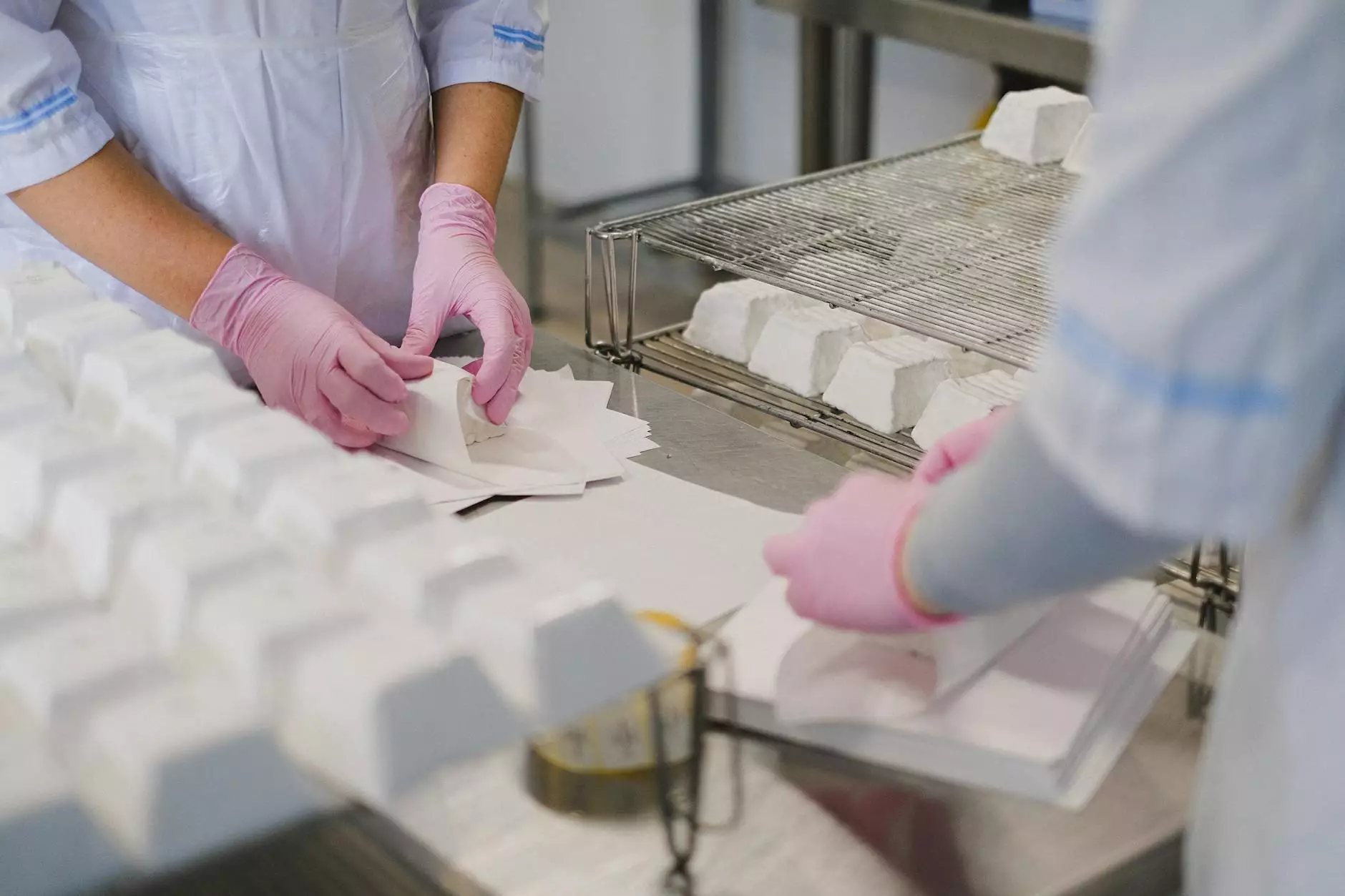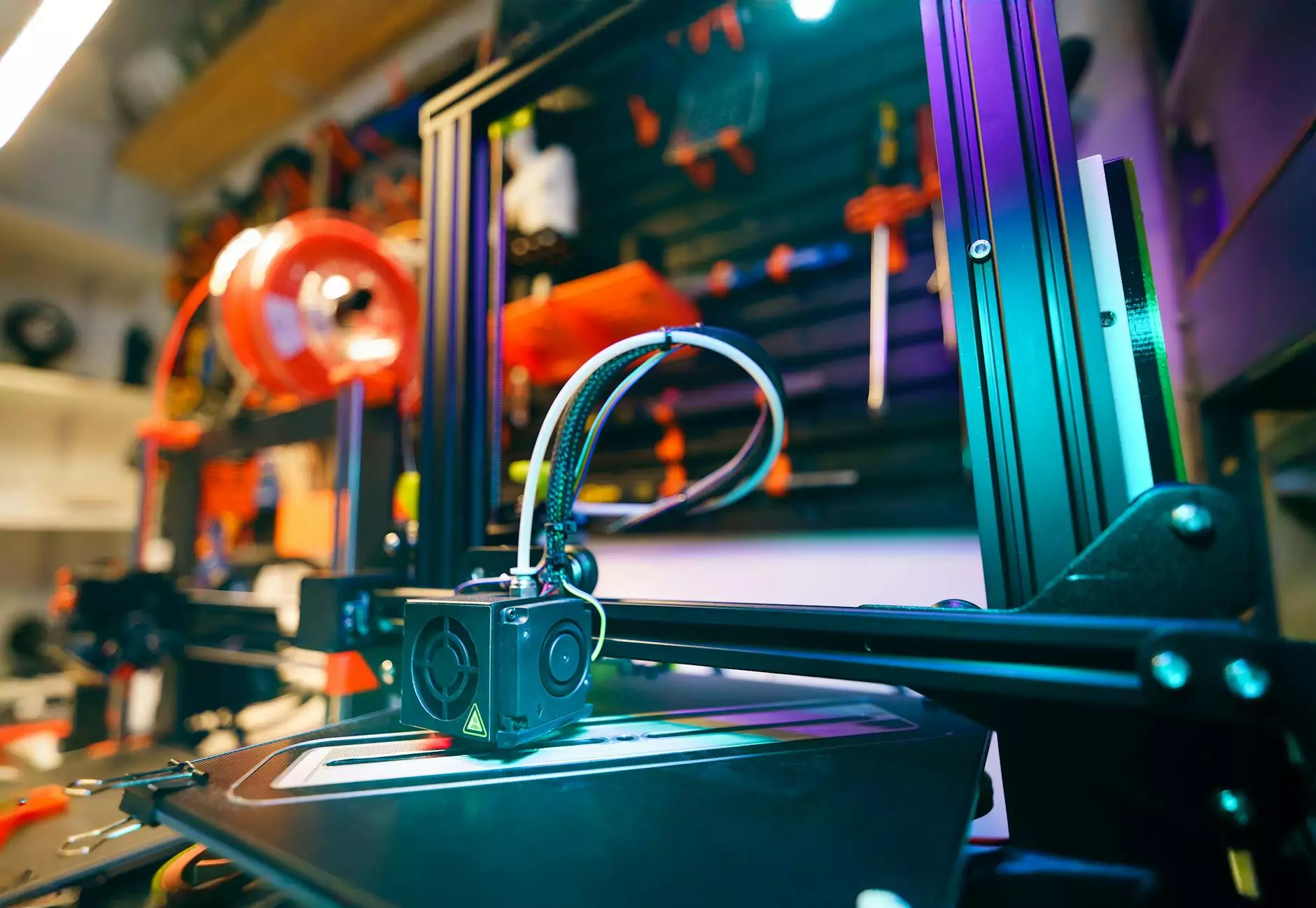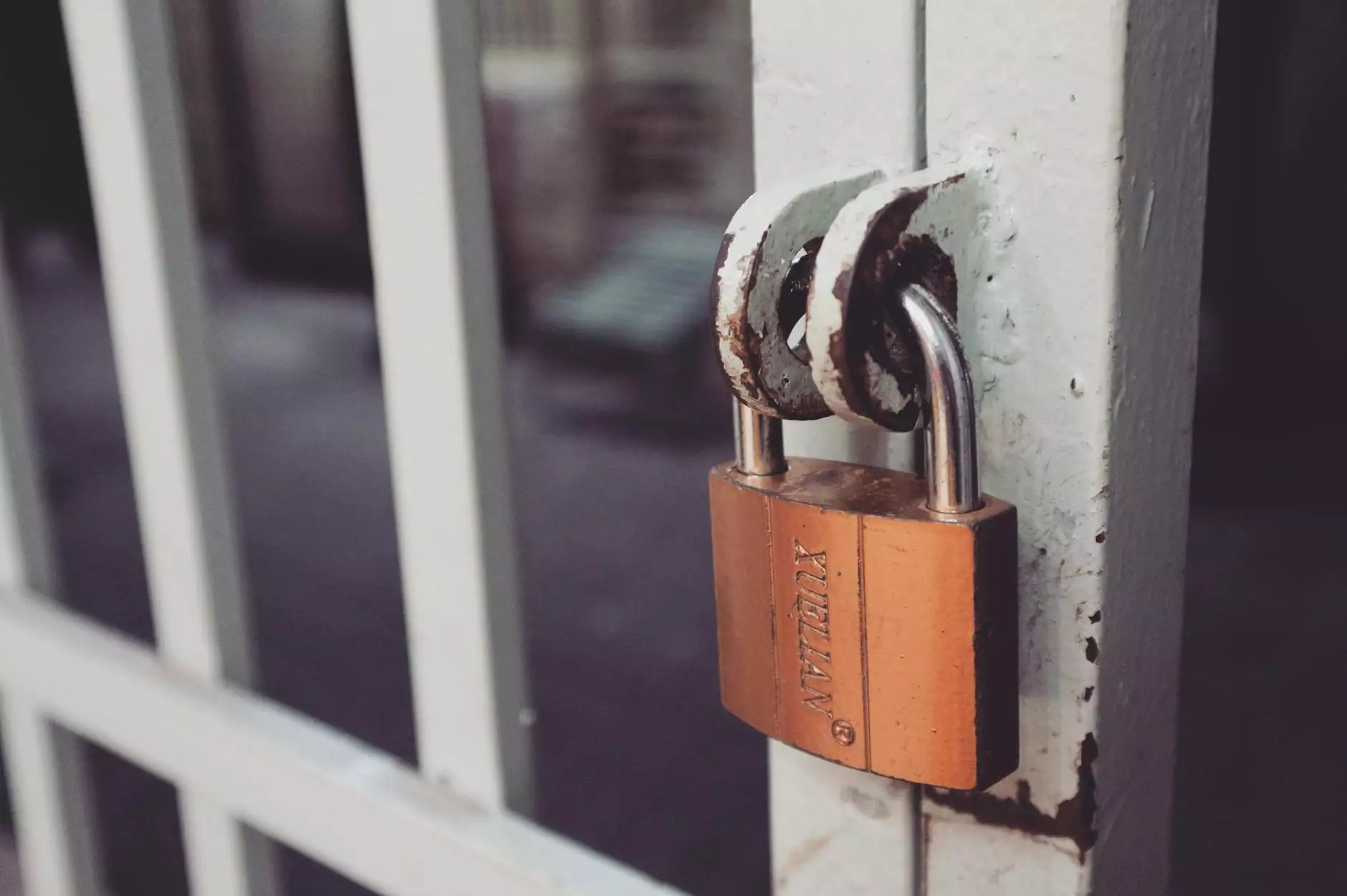Understanding 3D Printer Hardware: A Comprehensive Guide

The rise of 3D printing technology has transformed various industries, allowing for revolutionary innovations in manufacturing, prototyping, and creativity. Central to the effectiveness of this technology is understanding the 3D printer hardware that drives these machines. In this article, we will delve deeply into the key components of 3D printers, their functionality, and how to optimize your setup for the best results.
What is 3D Printer Hardware?
At its core, 3D printer hardware refers to the physical components that make up a 3D printer. These components work together to create three-dimensional objects by depositing material layer by layer according to predefined digital models. Understanding these parts is crucial for both new and seasoned users, as it aids in troubleshooting, upgrades, and achieving superior print quality.
Key Components of 3D Printer Hardware
Here are the essential components of 3D printer hardware that any serious enthusiast or professional should familiarize themselves with:
- Frame: The structure that holds all components together. A stable frame can significantly influence the precision of your 3D prints.
- Print Bed: The surface on which the object is printed. It can be made of various materials and often includes features like heating to help with adhesion and warping prevention.
- Extruder: The component that feeds filament into the hot end, where it is melted and extruded through a nozzle to form layers of the object.
- Hot End: This is the part where the filament is melted before being deposited onto the print bed. Understanding how to maintain your hot end is critical for optimum performance.
- Motors: Typically stepper motors are used to control the movement of the print head and the bed. Their precision is vital for achieving accurate prints.
- Power Supply: Supplies the necessary power for all components, including motors, the hot end, and the print bed.
- Control Board: The "brain" of the printer, managing all commands from the computer and ensuring orderly operations of motors and temperature controls.
- Filament: The material that is used for printing. Different filaments (PLA, ABS, PETG, etc.) have unique properties, thus requiring specific hardware considerations.
Understanding the Functionality of Each Component
To effectively use and maintain your 3D printer hardware, it’s essential to understand how each component works:
The Frame
The frame serves as the backbone of the printer. It is crucial for maintaining structural integrity during printing. Common materials used include aluminum extrusions and steel, providing both strength and lightness. Choosing a well-constructed frame reduces vibrations and offsets the potential for inaccuracies in the print.
The Print Bed
The print bed needs to be flat and can be equipped with a heat option to keep the print adherent during the process. Many modern printers utilize glass, aluminum, or PEI sheets. Keeping the print bed clean and level is essential for preventing issues like warping and ensuring strong first-layer adhesion.
The Extruder and Hot End
The extruder and hot end work in tandem to melt the filament and place it accurately onto the print bed. Common issues include clogs due to improper maintenance or low-quality filament. Regular cleaning and proper temperature settings can significantly improve print quality.
Stepper Motors
Stepper motors operate by moving in precise increments, crucial for achieving the detailed movements required for successful 3D printing. Your printer's ability to maintain a consistent flow and placement of the extruded material directly correlates with the performance of these motors.
The Power Supply
The power supply needs to deliver stable current to prevent any interruptions during printing. A robust power supply avoids potential disasters, like print failures or hardware damage.
The Control Board
The control board processes commands from the slicing software and translates them into actions that the printer executes. Upgrading to a more advanced control board can facilitate features like auto-bed leveling or improved connectivity options.
Types of Filament
Different filament types require different settings and hardware configurations. For example, PLA is easy to work with, while ABS may require a heated bed to reduce warping. Selecting the appropriate filament based on your project will significantly impact your success.
Choosing the Right 3D Printer for Your Needs
When considering which 3D printer to invest in, think about the following:
- Intended Use: Are you printing prototypes, models, or final products? Different needs require different specifications.
- Budget: Define how much you are willing to invest in 3D printer hardware. More advanced machines tend to cost more.
- Size: Consider the maximum build volume required for your projects; larger models require larger printers.
- Technology: FDM, SLA, SLS – understanding which type of technology suits your printing needs is vital.
Upgrading Your 3D Printer Hardware
As you grow in your 3D printing journey, upgrading your 3D printer hardware may enhance your printing capabilities. Here are some common upgrades:
Upgrading the Hot End
Installing a high-performance hot end can enable you to print at higher temperatures, allowing for a broader range of materials. This is particularly useful if you plan on working with engineering-grade filaments.
Adding Auto Bed Leveling
This feature automates the process of ensuring your print bed is perfectly leveled, which can save a lot of time and reduce errors.
Improving Cooling Solutions
Upgrading stock fans or adding additional cooling can enhance print quality, especially for intricate designs that may suffer from overheating issues.
Maintenance Tips for 3D Printer Hardware
Proper maintenance of your 3D printer hardware ensures longevity and performance. Here are some tips to keep in mind:
- Regular Cleaning: Keep the print bed and extruder clean to reduce clogs and improve adhesion.
- Lubrication: Regularly lubricate moving parts like rods and bearings to reduce wear and tear.
- Cable Management: Organizing cables can prevent tangling and accidental disconnections during prints.
- Temperature Checks: Ensure that temperature settings on the hot end and print bed are correct to avoid overheating or underperformance.
The Future of 3D Printing Hardware
The future of 3D printer hardware looks promising, with advances in technology paving the way for more efficient, faster, and capable printers. Innovations such as multi-material printing, improved firmware, and the integration of AI for optimizing prints are on the horizon.
As the technology evolves, so will the applications of 3D printing. Industries from healthcare to aerospace are finding new ways to integrate 3D printing into their workflows, and the hardware is keeping pace with these demands.
Conclusion
Understanding 3D printer hardware is essential for anyone looking to succeed in this exciting field. Knowledge of the various components, their functions, and potential upgrades can drastically improve your printing experience and output quality. Whether you are a hobbyist or a professional, keeping informed about the latest trends and technologies will ensure your skills and equipment remain at the cutting edge.
By investing time in learning about the hardware that fuels your printing endeavors, you set the stage for creativity that can lead to innovation and success in the 3D printing world.
For more insights, tips, and resources, be sure to visit 3dprintwig.com.









